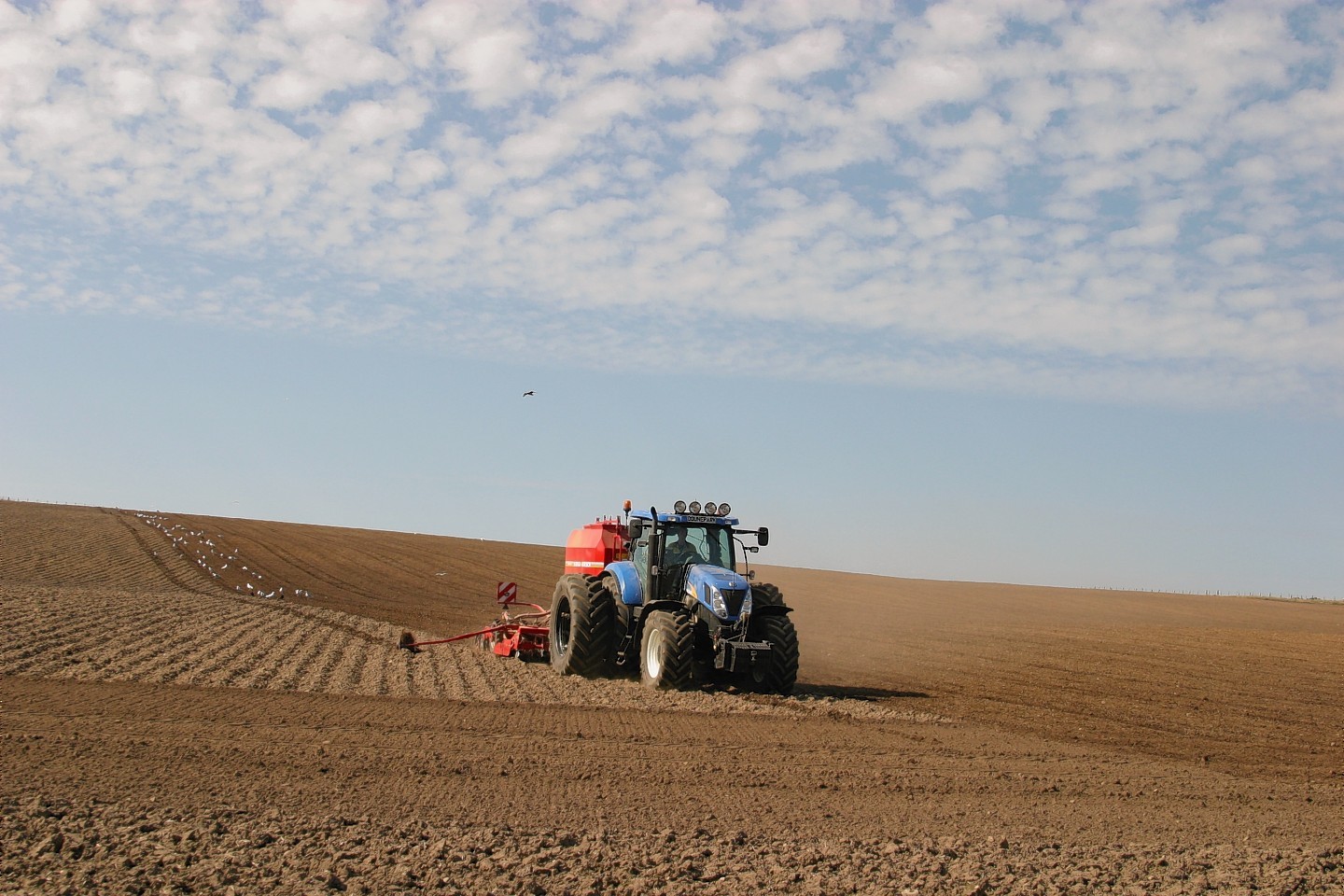We have all at least heard about, if not know of, a family farm that needed to be sold under difficult circumstances, sometimes bringing to an end a family’s connection to a farm that might stretch back many generations. The trigger might have been the death of the current farmer, or perhaps a divorce, an unanticipated tax bill or an agricultural tenancy coming to an end. Events such as these can cause unmanageable calls on cash or strip other assets out of the business. In many cases, better succession planning would have allowed the family to manage these trigger points and to continue running the farm.
Succession planning for farmers is a vitally important process to protect the farm for the future. At the outset it requires a thorough review of the farmer’s assets – the land, the buildings, the business, the stock and machinery and the interests in any separate trading enterprises, as well as any assets outside of the farm, including, possibly, pensions and life assurance.
It’s important to consider to whom the assets will pass. Different considerations will apply here, such as whether there is a surviving spouse to provide for, or an obvious successor (or successors) to the farm. If there is an obvious long-term successor, often one of the farmer’s children is the preferred heir, what provision can be made for any siblings? There can be difficult issues here – the farmer will often see the farm as a means of making a living that is to be protected and passed on to the next generation, however in value terms the heir to the farm will likely inherit a larger proportion of the family wealth than any other children. Where the farmer has only a part interest in the farm – perhaps already farming with siblings – thinking through the plan for the next generation(s) requires careful consideration.
Once the assets and their ultimate distribution has been clarified, there is a separate point concerning when this will happen. The balance here is between the farmer retaining ownership and control of the farm, and the heir wanting his or her commitment to the business to be recognised.
All effective planning requires the assessment of risk. The principal risks to succession planning are often capital taxation, unwanted legal rights claims following the death of the farmer, and the spectre of matrimonial difficulties, where value might be lost to divorcing spouses.
On the tax side, generally inheritance tax encourages lifetime giving, while capital gains tax might favour retention by the farmer until death, so that the asset passes on with all in-built gains cleared out.
Meanwhile, legal rights – representing a form of ‘forced heirship’ – provide a surviving spouse and all children with a fixed share of a deceased’s person’s estate and may, following his or her death, force the farm, or part of it, to be sold or borrowed against to settle these rights. Currently, legal rights only affect the ‘moveable estate’, which does not include land and buildings. In the farming context, that often minimises their effect as much as the value is in the land and buildings. However, where the land and buildings are held in partnerships and companies, often the value is exposed to a legal rights claim. Significant law reform in this area is on the horizon, with the likelihood that legal rights will apply both to the moveable and heritable estate, which will require many existing succession plans to be revisited.
The main point though is the need to make, implement and monitor the plan.
Mark Stewart is a partner in Brodies’ personal & family team specialising in succession planning, asset protection, trusts, executries and capital tax planning. For more information contact Mark on 01224-392282 or at mark.stewart@brodies.com.
Case study
Donald and Margaret Farmer’s farm has been in the family for generations. They farm their 2000 acres at Inverkirkaig in partnership, with much help from their eldest son, John, 26, who is engaged to be married. They have two other children, Alice, 29, who is a GP and David, 21, who is studying fashion design. Mr and Mrs Farmer’s ultimate objective is to pass the farm to John, as neither Alice nor David has any interest in it.
This is a not uncommon scenario. The major issue for Mr and Mrs Farmer is considering how to formalise John’s position, possibly by bringing him in to the partnership. The partnership agreement should be reviewed, in particular to make sure there are no provisions in it that may deny inheritance tax relief. John’s personal position regarding his future marriage needs to be considered too, with a prenuptial agreement possibly being used to mitigate risks in this area. Wills should also be updated to ensure that they reflect the succession plan, on the death of the first to die and the death of the survivor. And Alice and David’s legal rights need to be considered – there are a number of ways of mitigating these, including asking them to renounce them now – a difficult conversation perhaps, but easier than an unwanted legal rights claim.

